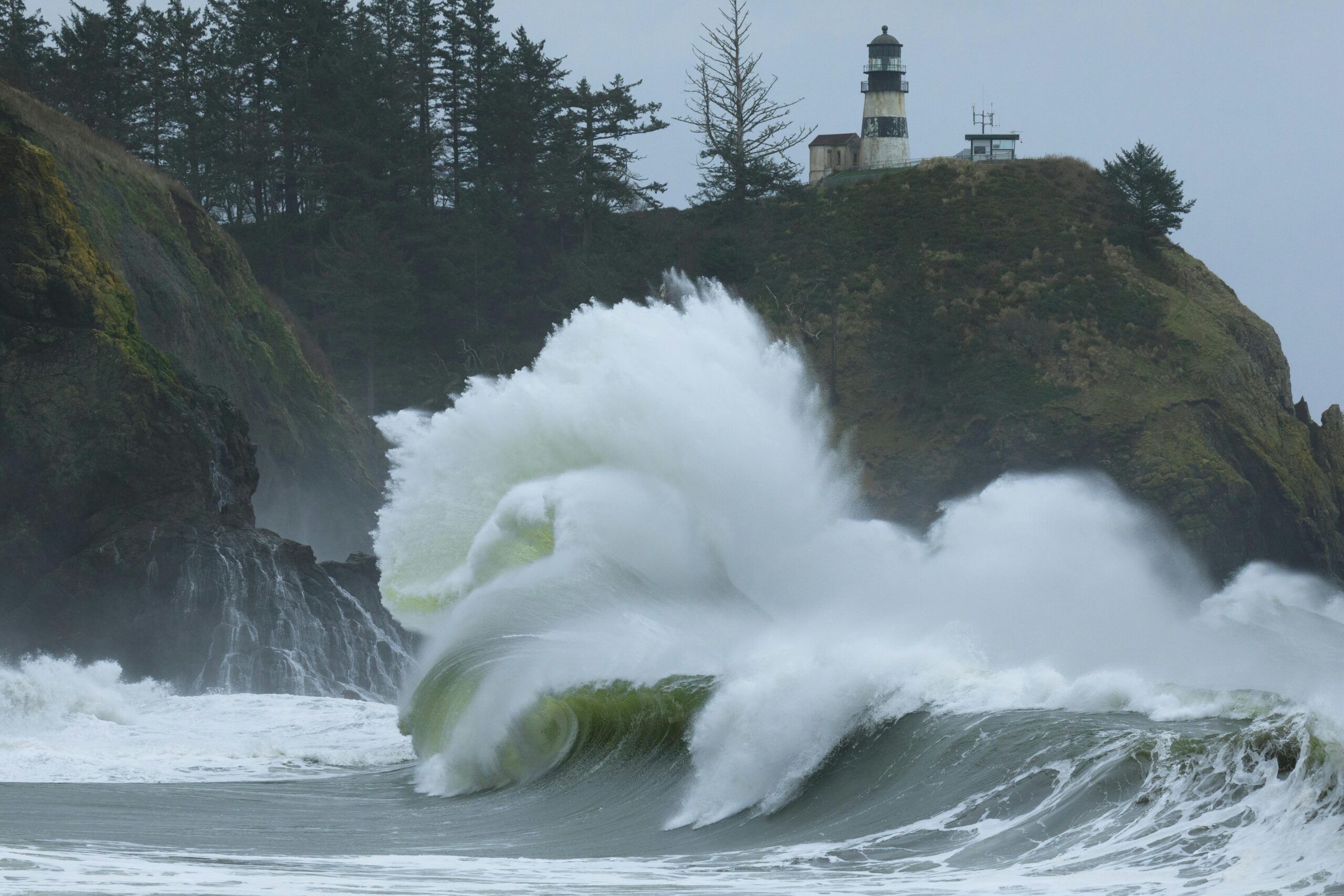
High Wind Warning: How to Stay Safe During Strong Gusts
When severe weather strikes, one of the most dangerous conditions you can face is high winds. A high wind warning indicates that strong gusts are expected, which can lead to hazardous situations, including property damage and personal injury. Understanding how to prepare for and respond to these conditions is crucial for ensuring your safety. This article will provide essential tips on windstorm preparedness and how to stay safe during severe wind events.
Understanding High Wind Warnings
A high wind advisory is issued when sustained winds of 40 mph or more are expected, or when gusts reach 58 mph or higher. These conditions can cause significant damage, including downed trees, flying debris, and power outages. It’s essential to take these warnings seriously and prepare accordingly.
Key Terms to Know:
- Severe Wind Gusts: Sudden increases in wind speed that can cause damage to structures and landscapes.
- Extreme Weather Alert: Notifications issued by meteorological services to inform the public about severe weather conditions.
Preparing for High Winds
1. Stay Informed
The first step in windstorm preparedness is to stay informed about the weather. Monitor local forecasts and sign up for extreme weather alerts from your local meteorological service. This will help you receive timely updates about wind conditions and any changes in the weather.
2. Secure Outdoor Items
Before high winds hit, take the time to secure or bring indoors any outdoor furniture, decorations, or equipment that could become projectiles. This includes patio furniture, garden tools, and trash cans. Properly securing these items can help prevent damage to your property and that of your neighbors.
3. Inspect Trees and Landscaping
Check your trees and landscaping for any weak branches or dead trees that could fall during high winds. If you notice any potential hazards, consider contacting a professional for storm damage prevention measures, such as trimming or removing dangerous trees.
4. Prepare for Power Outages
High winds can lead to power outages due to downed power lines. Prepare an emergency kit that includes flashlights, batteries, non-perishable food, and water. Having a backup power source, such as a generator, can also be beneficial for keeping essential devices running during an outage.
Staying Safe During High Winds
1. Stay Indoors
During a high wind warning, the safest place to be is indoors. Avoid going outside unless absolutely necessary. If you must go out, stay away from windows and doors to protect yourself from flying debris.
2. Avoid Driving
If possible, avoid driving during severe wind gusts. High winds can make driving hazardous, especially for larger vehicles. If you must travel, be cautious and aware of your surroundings, as fallen trees and debris may obstruct roads.
3. Create a Safe Space
If you live in an area prone to severe winds, consider designating a safe space in your home. This should be an interior room on the lowest level, away from windows, where you can take shelter during extreme weather events.
4. Monitor Updates
Continue to monitor weather updates and alerts during high wind events. Conditions can change rapidly, and staying informed will help you make the best decisions for your safety.
After the Winds Subside
Once the winds have calmed, assess your surroundings for any damage. Look for downed power lines, fallen trees, and debris. If you encounter any hazards, report them to local authorities. Additionally, check on neighbors, especially those who may be elderly or disabled, to ensure they are safe.
Conclusion
A high wind warning can bring about dangerous conditions, but with proper windstorm preparedness and awareness, you can stay safe during strong gusts. By following these tips and taking proactive measures, you can minimize risks and protect yourself and your loved ones during severe weather events. Remember, preparation is key to weathering any storm. Stay safe!
